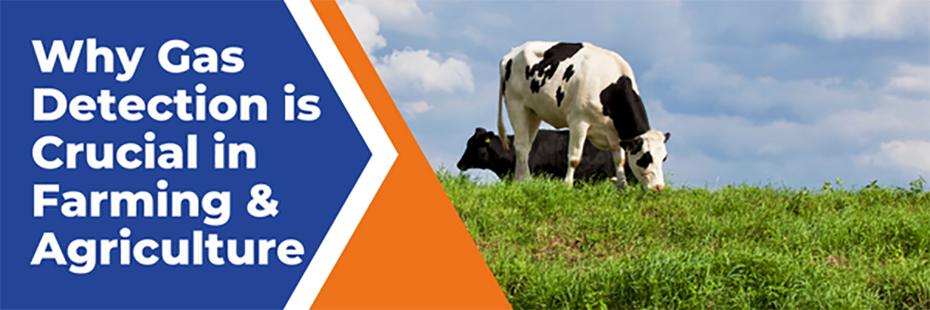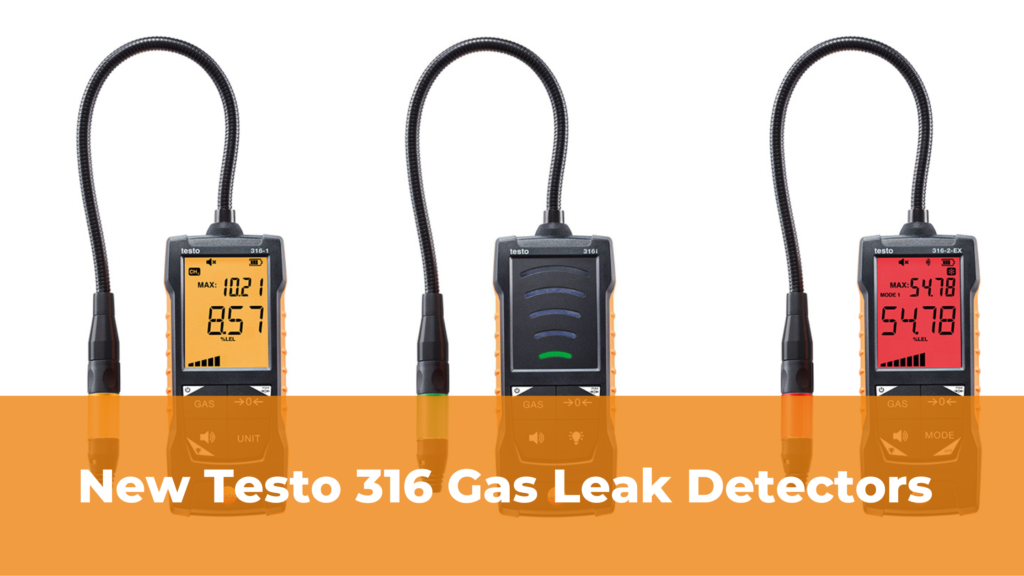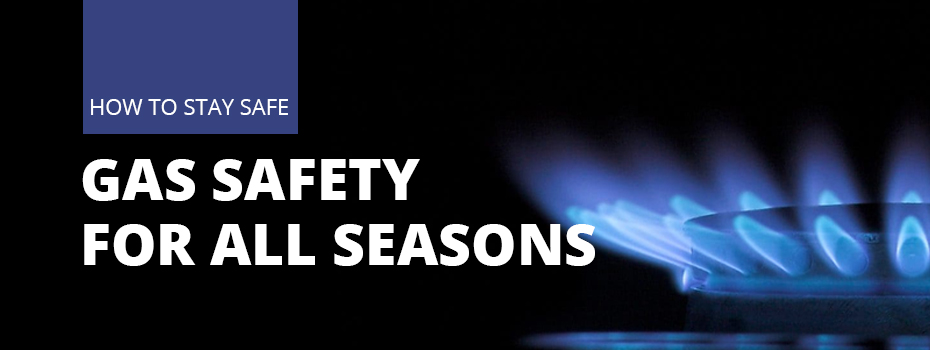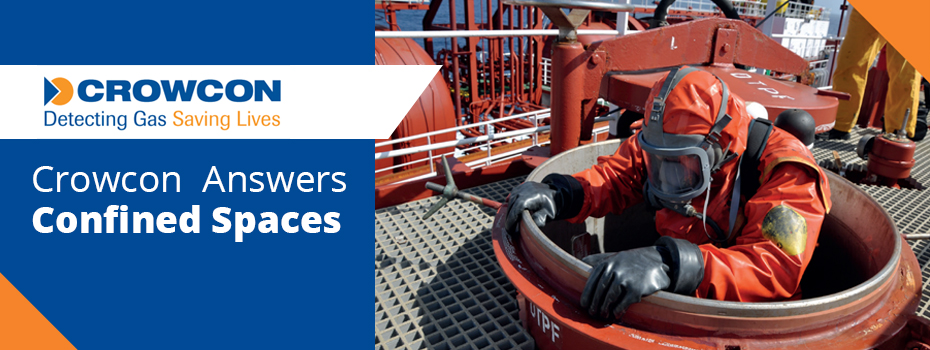 Recognising the dangers posed by toxic gases encountered in farming, Crowcon has produced a white paper specifically for the agricultural sector. Titled Why Gas Detection is Crucial in Farming & Agriculture, this paper outlines the gas hazards farmers should look out for, explains the relevant standards that need to be met, and details helpful ways to protect yourself, your staff, your stock, and, ultimately, your livelihood.
Continue reading →
Recognising the dangers posed by toxic gases encountered in farming, Crowcon has produced a white paper specifically for the agricultural sector. Titled Why Gas Detection is Crucial in Farming & Agriculture, this paper outlines the gas hazards farmers should look out for, explains the relevant standards that need to be met, and details helpful ways to protect yourself, your staff, your stock, and, ultimately, your livelihood.
Continue reading →Gas Detectors
-
Crowcon White Paper: Why Gas Detection is Crucial in Farming & Agriculture
 Recognising the dangers posed by toxic gases encountered in farming, Crowcon has produced a white paper specifically for the agricultural sector. Titled Why Gas Detection is Crucial in Farming & Agriculture, this paper outlines the gas hazards farmers should look out for, explains the relevant standards that need to be met, and details helpful ways to protect yourself, your staff, your stock, and, ultimately, your livelihood.
Continue reading →
Recognising the dangers posed by toxic gases encountered in farming, Crowcon has produced a white paper specifically for the agricultural sector. Titled Why Gas Detection is Crucial in Farming & Agriculture, this paper outlines the gas hazards farmers should look out for, explains the relevant standards that need to be met, and details helpful ways to protect yourself, your staff, your stock, and, ultimately, your livelihood.
Continue reading → -
Testo Release New 316 Series of Gas Leak Detectors
 The new Testo 316 Gas Leak Detectors maximise the ease and efficiency of identifying, tracing, and pinpointing methane, propane, hydrogen, and butane gas leaks. Testo understands that not all gas detection operations are the same. Therefore, to meet the needs of all their customers, Testo has designed this range to contain an array of models, including simple LED indicators; detectors with a digital display for taking quantitative measurements; explosion-protected models; and instruments suitable for identifying both fuel gas and refrigerant leaks. All Testo's 316 Series Gas Leak Detectors feature a flexible probe with a traffic light LED. This enables access to difficult-to-reach spaces and provides a clear detection/severity alert. Read on for an overview of Testo’s new 316 Gas Detector series.
Continue reading →
The new Testo 316 Gas Leak Detectors maximise the ease and efficiency of identifying, tracing, and pinpointing methane, propane, hydrogen, and butane gas leaks. Testo understands that not all gas detection operations are the same. Therefore, to meet the needs of all their customers, Testo has designed this range to contain an array of models, including simple LED indicators; detectors with a digital display for taking quantitative measurements; explosion-protected models; and instruments suitable for identifying both fuel gas and refrigerant leaks. All Testo's 316 Series Gas Leak Detectors feature a flexible probe with a traffic light LED. This enables access to difficult-to-reach spaces and provides a clear detection/severity alert. Read on for an overview of Testo’s new 316 Gas Detector series.
Continue reading → -
Gas Safety for All Seasons
 In the UK our varied and often unpredictable seasonal weather leads to small talk, lush flora, and a range of gas safety concerns. It is therefore imperative that we are aware of the various gas safety problems that can arise, as well as how to prevent and/or address them.[1]
Continue reading →
In the UK our varied and often unpredictable seasonal weather leads to small talk, lush flora, and a range of gas safety concerns. It is therefore imperative that we are aware of the various gas safety problems that can arise, as well as how to prevent and/or address them.[1]
Continue reading → -
Simple Solution to Protect HVAC Professionals Against CO Poisoning
 Odourless, colourless, and tasteless, carbon monoxide (CO) is a highly toxic, potentially deadly gas that HVAC professionals risk encountering daily. Thankfully, there is a simple, small, safe solution to protecting HVAC workers: Crowcon CO Gas Detectors.[1]
Continue reading →
Odourless, colourless, and tasteless, carbon monoxide (CO) is a highly toxic, potentially deadly gas that HVAC professionals risk encountering daily. Thankfully, there is a simple, small, safe solution to protecting HVAC workers: Crowcon CO Gas Detectors.[1]
Continue reading → -
Crowcon Answers Confined Spaces FAQs
 Confined spaces pose a significant hazard to workers’ lives. Recently, BBC East Midlands published a story covering a corporate manslaughter trial taking place in Leicester Crown Court. Greenfeeds Limited is charged with two counts of corporate manslaughter after two of its employees, Nathan Walker (19) and Gavin Rawson (35), lost consciousness due to high CO2 concentrations and subsequently drowned inside a tanker.[1] Seven years before this incident in May 2009, two men, Maarten Pieter Den Heijer (30) and Robert MacDonald (45), died as a result of low O2 concentrations beneath the deck of a barge moored on Loch Creran, a sea farm near Oban. Scottish Sea Farms and Logan Inglis were fined £600 000 and £40 000 respectively (these fines were later reduced to £333 335 and £20 000) for breaches of health and safety regulations such as failing to train staff for working in confined spaces like the sealed chambers present on the Loch Creran barge.[2] Approximately 15 people in the UK lose their lives due to accidents in confined spaces; this number includes fatalities resulting from failed rescue attempts.[3] Therefore, it is vital to understand the risks, regulations, procedures, and equipment pertaining to working in confined spaces before you or your employees undertake any work. Thankfully, Crowcon has answered several frequently asked questions about confined spaces using the information outlined in the HSE's (UK) and OSHA's (USA) documentation on the subject.[4]
Continue reading →
Confined spaces pose a significant hazard to workers’ lives. Recently, BBC East Midlands published a story covering a corporate manslaughter trial taking place in Leicester Crown Court. Greenfeeds Limited is charged with two counts of corporate manslaughter after two of its employees, Nathan Walker (19) and Gavin Rawson (35), lost consciousness due to high CO2 concentrations and subsequently drowned inside a tanker.[1] Seven years before this incident in May 2009, two men, Maarten Pieter Den Heijer (30) and Robert MacDonald (45), died as a result of low O2 concentrations beneath the deck of a barge moored on Loch Creran, a sea farm near Oban. Scottish Sea Farms and Logan Inglis were fined £600 000 and £40 000 respectively (these fines were later reduced to £333 335 and £20 000) for breaches of health and safety regulations such as failing to train staff for working in confined spaces like the sealed chambers present on the Loch Creran barge.[2] Approximately 15 people in the UK lose their lives due to accidents in confined spaces; this number includes fatalities resulting from failed rescue attempts.[3] Therefore, it is vital to understand the risks, regulations, procedures, and equipment pertaining to working in confined spaces before you or your employees undertake any work. Thankfully, Crowcon has answered several frequently asked questions about confined spaces using the information outlined in the HSE's (UK) and OSHA's (USA) documentation on the subject.[4]
Continue reading →
Page
Previous
Page 1 of 1
Page
Next


